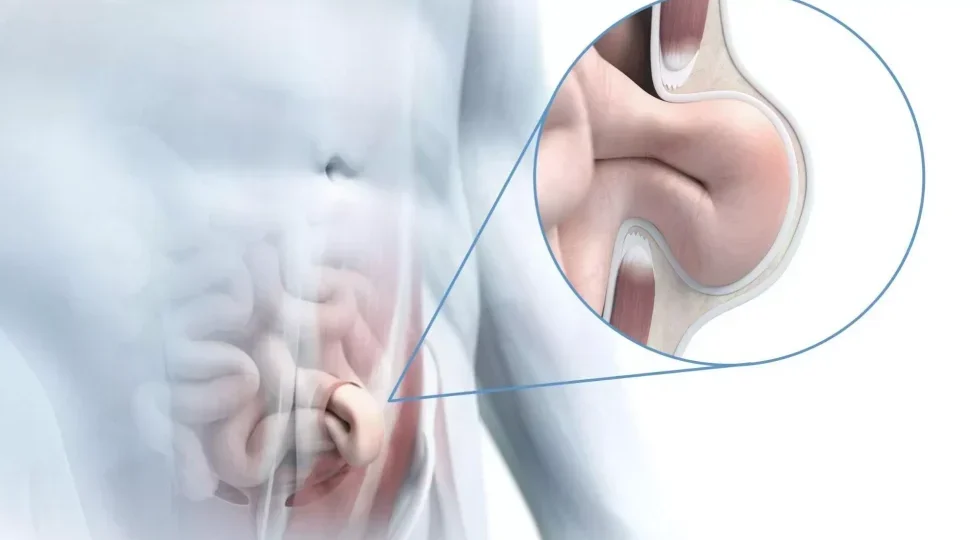
Exercising with an umbilical hernia requires careful consideration, as certain movements and activities may exacerbate the condition, while others can strengthen the muscles around the hernia and improve overall health. This comprehensive article will explore what individuals with an umbilical hernia should pay attention to while exercising, offering insights into safe practices, modifications to avoid strain, and the types of exercises that promote strength without risk.
Why Exercise is Important for Individuals with an Umbilical Hernia
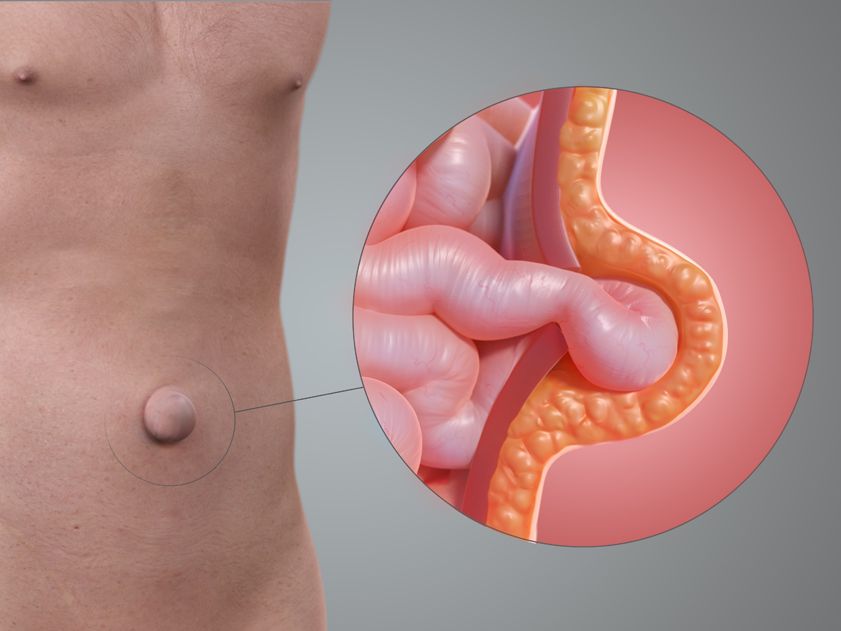
Exercise is essential for maintaining overall health, even for individuals with an umbilical hernia. Physical activity helps improve circulation, build muscle strength, maintain a healthy weight, and improve flexibility. For people with an umbilical hernia, strengthening the core muscles around the abdomen can help support the area and prevent strain on the hernia site. However, certain exercises need to be modified or avoided to reduce the risk of exacerbating the condition.
Key Considerations for Exercising with an Umbilical Hernia
When exercising with an umbilical hernia, the following factors must be considered:
1. Consult with a Healthcare Provider
Before starting any exercise program, individuals with an umbilical hernia should consult with their healthcare provider. A doctor can assess the severity of the hernia, recommend appropriate exercises, and determine whether surgery or additional treatment is necessary. If surgery is recommended, it may be important to wait until the individual has fully recovered before resuming physical activities.
2. Avoid Exercises that Increase Abdominal Pressure
Certain exercises place excessive pressure on the abdominal wall and can worsen the hernia or increase discomfort. These exercises include:
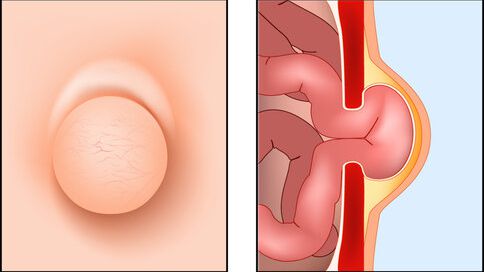
- Heavy weightlifting: Lifting heavy weights can put a lot of strain on the abdominal muscles and may cause the hernia to bulge or worsen.
- Sit-ups and crunches: These exercises can put intense pressure on the abdominal wall, exacerbating the hernia. The constant contraction of the abdominal muscles can lead to further strain.
- Planks or other full-body core exercises: While core exercises are beneficial for overall strength, high-intensity core movements may strain the abdomen, especially if done incorrectly.
3. Focus on Low-Impact Activities
Low-impact exercises are less likely to cause strain on the abdomen and are often recommended for individuals with hernias. These exercises provide cardiovascular and muscular benefits while minimizing the risk of further injury. Some examples include:
- Walking: This is one of the best exercises for people with an umbilical hernia. Walking provides cardiovascular benefits, boosts circulation, and strengthens the lower body muscles without placing undue pressure on the abdomen.
- Swimming: Swimming is a full-body workout that is easy on the joints and the abdomen. The buoyancy of water reduces the strain on the body, making it a great option for those with hernias.
- Cycling: Stationary cycling or leisurely outdoor cycling provides cardiovascular exercise without placing excessive stress on the abdominal region.
- Yoga and Pilates: Gentle yoga poses and Pilates exercises can strengthen core muscles without the risk of excessive strain. Focus on movements that involve controlled breathing and slow movements.
4. Incorporate Core Strengthening Exercises with Caution
While it’s important to strengthen the core muscles to support the abdomen and reduce the risk of hernia complications, it is essential to perform core exercises with care. Core strengthening exercises help stabilize the spine and improve posture, but they need to be adapted to avoid stressing the hernia area.
Recommended core exercises include:
- Pelvic tilts: This exercise helps strengthen the lower abdominal muscles without placing excessive pressure on the hernia.
- Bridges: This movement strengthens the glutes, hips, and core, helping to stabilize the pelvic region without straining the abdomen.
- Modified planks: Instead of traditional planks, individuals can perform modified planks on their knees rather than toes to reduce the pressure on the abdomen.
It’s important to avoid any exercises that involve intense abdominal contractions or bending forward, as these movements can increase intra-abdominal pressure and worsen the hernia.
5. Use Proper Breathing Techniques
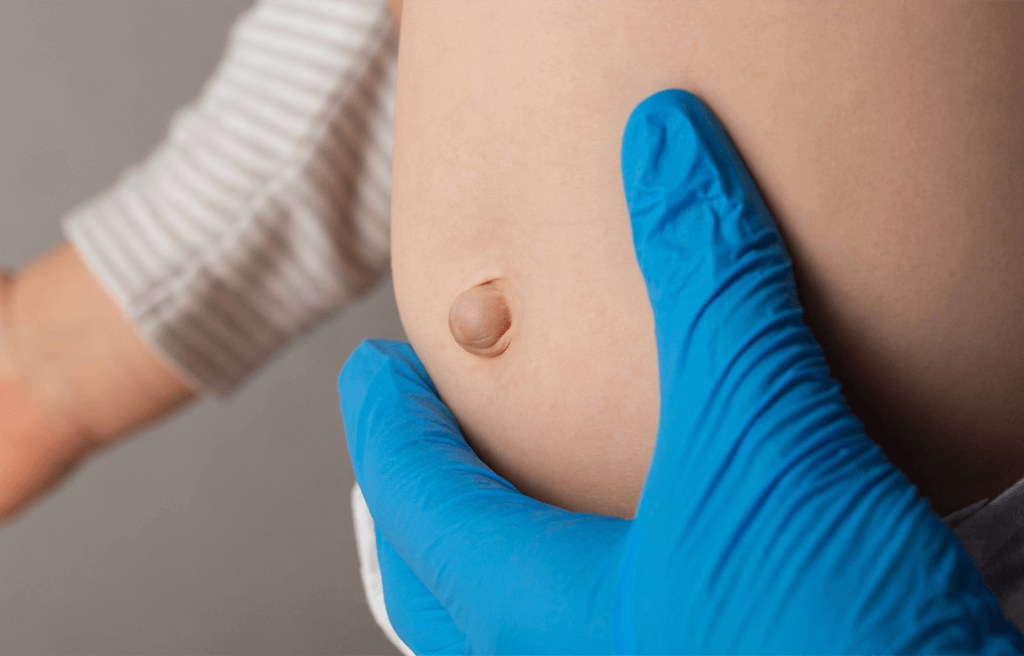
Proper breathing during exercise can reduce intra-abdominal pressure and minimize strain on the hernia. It’s important to avoid holding the breath, which increases pressure in the abdomen. Instead, individuals should focus on exhaling during the most strenuous part of an exercise and inhale during the recovery phase. For example, when performing squats or light lifting, exhale while lifting and inhale while returning to the starting position.
6. Monitor for Pain and Discomfort
During exercise, individuals with an umbilical hernia should pay close attention to any signs of pain, discomfort, or worsening of the hernia. If the hernia bulges, becomes painful, or if there are signs of strangulation (e.g., severe pain, nausea, vomiting, or inability to push the bulge back in), it’s important to stop exercising immediately and seek medical attention. Pain or discomfort during exercise may indicate that the hernia is worsening and that certain movements need to be avoided.
Exercise Modifications for Umbilical Hernia Patients
Several modifications can be made to standard exercises to ensure they are safe for people with an umbilical hernia:
- Avoid bending over or twisting: Activities that involve bending at the waist or twisting motions, such as traditional sit-ups, should be avoided as they can strain the abdomen.
- Use supportive equipment: Wearing a hernia support belt or abdominal binder during physical activity can help provide additional support to the hernia area, especially during exercises that involve lifting or bending.
- Focus on controlled movements: Fast, jerky movements increase the risk of injury. Individuals with an umbilical hernia should focus on slow, controlled movements to avoid putting unnecessary pressure on the hernia.
- Gradually increase intensity: It’s crucial to start with low-intensity exercises and gradually increase the intensity as the body becomes accustomed to activity. Overexertion can exacerbate the condition.
Precautions for Sports and Physical Activities
For individuals with an umbilical hernia, engaging in high-contact sports or intense physical activities requires careful consideration. Sports such as football, rugby, or weightlifting can put undue stress on the abdomen and worsen the hernia. If a person with an umbilical hernia is involved in such activities, they should:
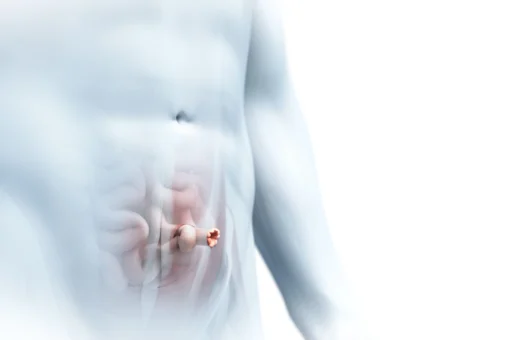
- Always wear a supportive brace or bandage that is specifically designed for hernia support.
- Avoid heavy lifting or activities that involve high abdominal pressure.
- Consult a healthcare provider before participating in sports to discuss the level of physical activity that is safe.
When to Seek Medical Advice
While exercise is beneficial, individuals with an umbilical hernia must remain vigilant about their health and seek medical advice if they experience any of the following:
- Increased pain or swelling at the site of the hernia.
- Nausea, vomiting, or other signs of strangulation.
- Difficulty with bowel movements or changes in bowel habits.
- Sudden changes in the size or shape of the hernia bulge.
In some cases, surgery may be recommended to repair the hernia and prevent further complications.
Exercising with an umbilical hernia requires careful planning and awareness of the potential risks involved. While exercise is important for overall health and can help strengthen the muscles surrounding the hernia, individuals with this condition must avoid exercises that put undue strain on the abdominal region. By consulting with a healthcare provider, incorporating low-impact exercises, and making necessary modifications to their routines, individuals with umbilical hernias can safely engage in physical activity while managing their condition effectively. Regular monitoring and paying attention to any signs of discomfort or pain are essential to ensure that the hernia does not worsen during physical activity.
